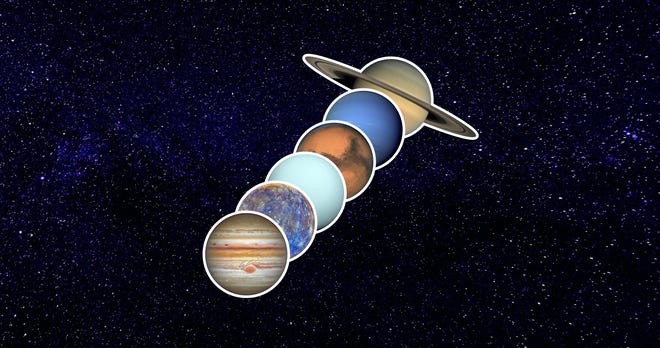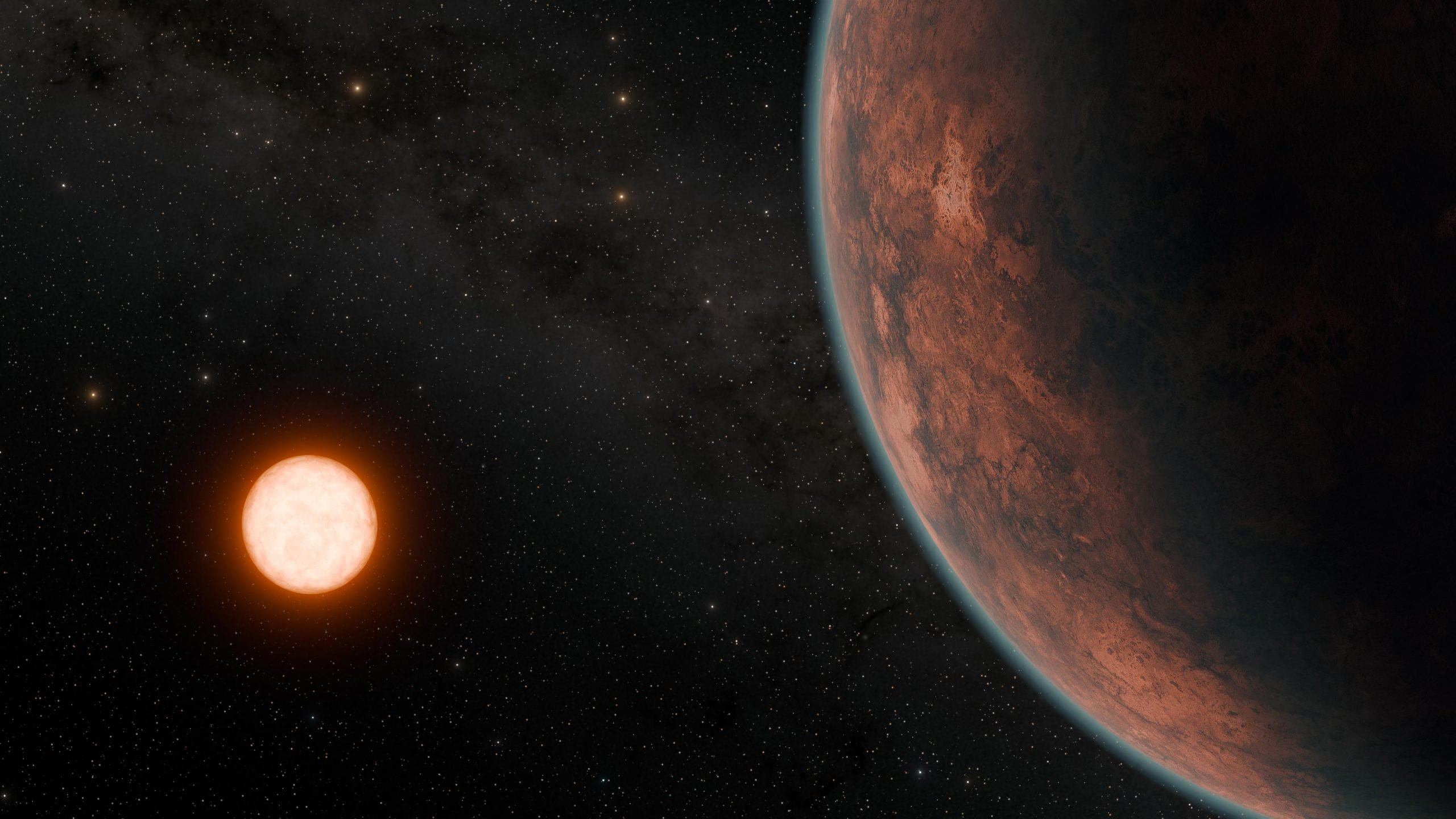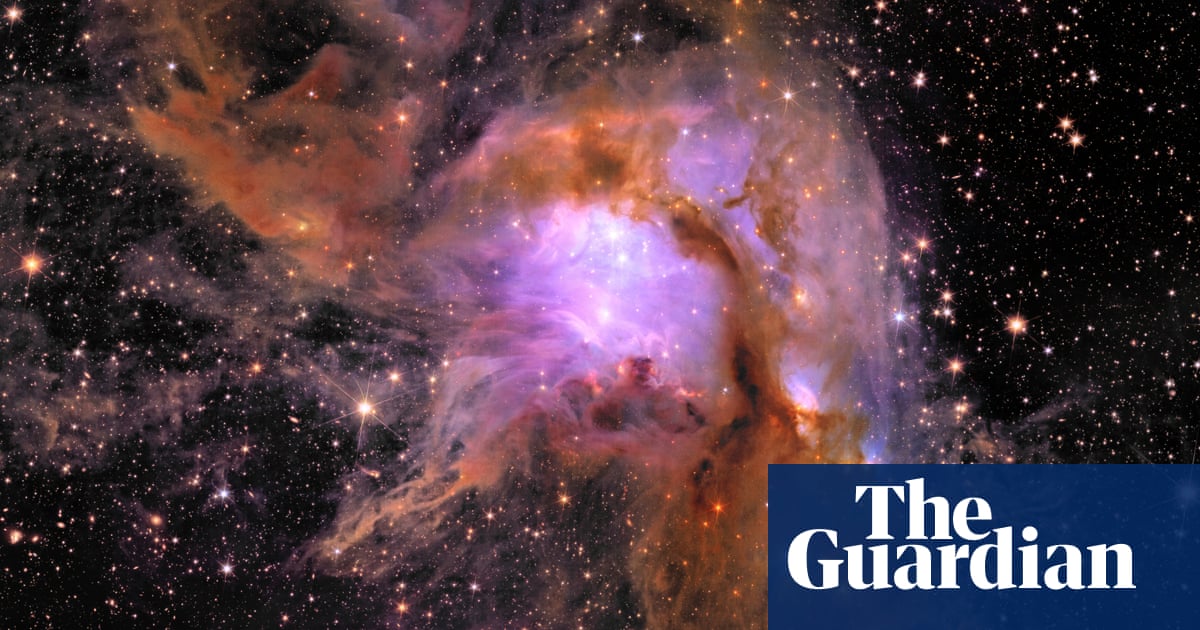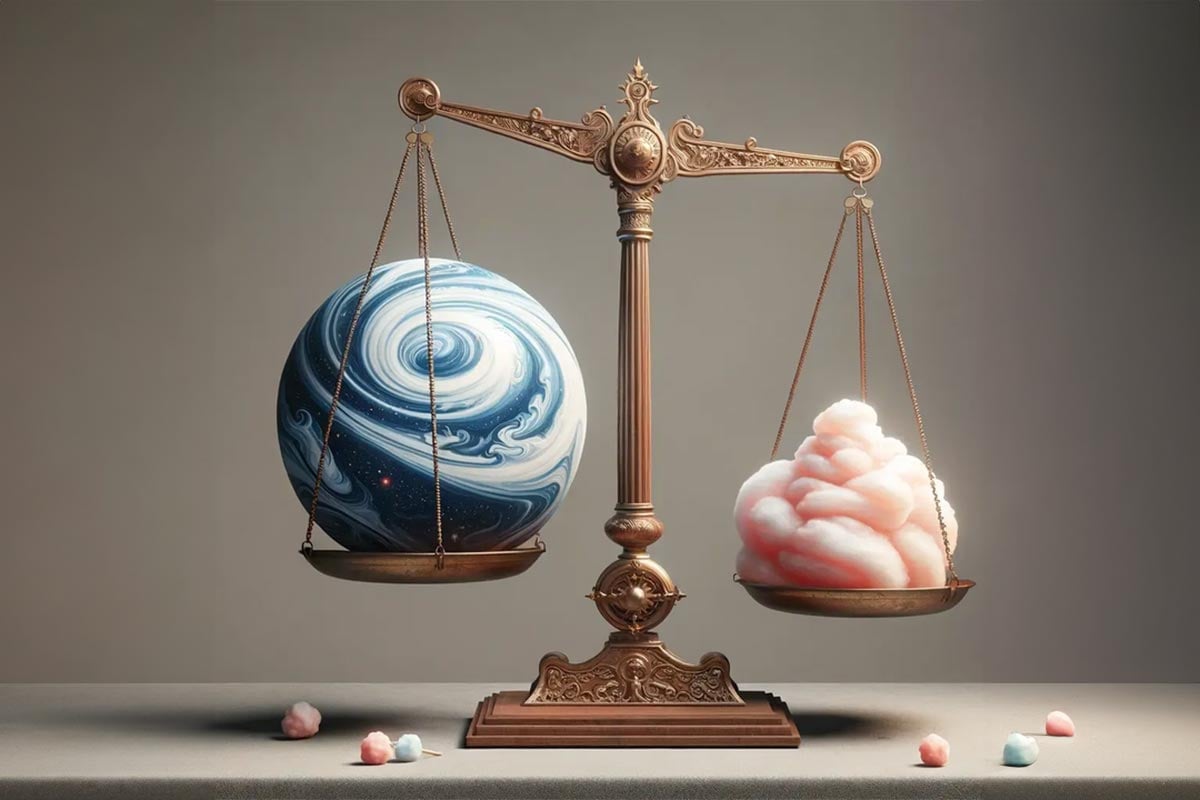NASA is raining on the visibility of the ‘parade of planets’. You won’t see what you want
Hoosiers who wake up early Monday morning can experience a “parade of planets,” as some are calling it — an alignment of six planets that takes place in the early morning hours of June 3. While that’s exciting news, avid sky watchers may need to curb their enthusiasm. Most of these planets won’t be visible … Read more




